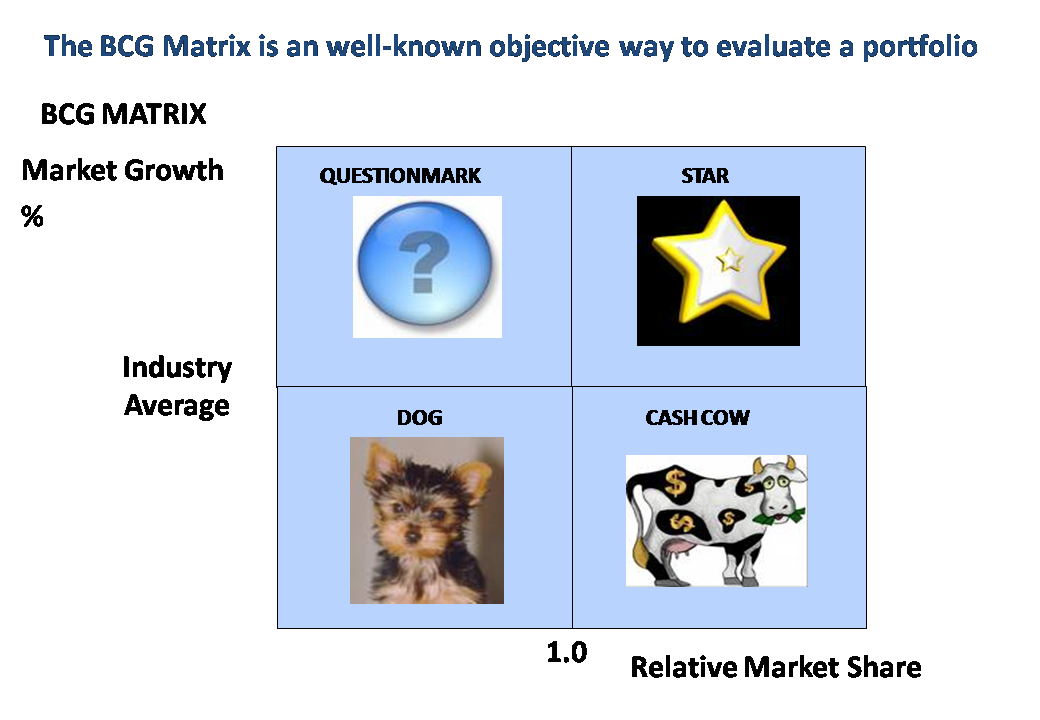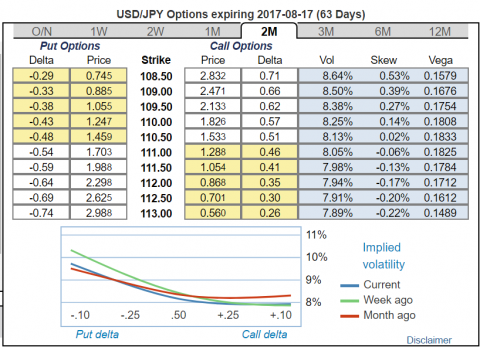Contents:


You should take competitors into account when setting your credit terms, as a customer will almost always go with the more flexible vendor when it comes to payment terms. The accounts receivable collection period is the average length of time it takes a business to collect its outstanding invoices. A low collection period indicates that customers are paying their invoices quickly, while a more extended collection period shows customers may take too long to deliver. Usually, you can calculate the average collection period using a whole calendar year or a nominal accounting year of 360 days or any other ideal period. However, this will depend on whether the net credit sales and average accounts receivable are from the same accounting period.
Infant Formula Transition Plan for Exercise of Enforcement Discretion – FDA.gov
Infant Formula Transition Plan for Exercise of Enforcement Discretion.
Posted: Thu, 29 Sep 2022 07:00:00 GMT [source]
While this can lead to more https://1investing.in/-term sales, it means longer lead times on payments and potentially higher default rates. In contrast, when companies tighten their credit policies, sales might dip but average payment times are also reduced. It makes sense that businesses want to reduce the time it takes to collect payment from a credit sale. Prompt, complete payment translates to more cash flow available and fewer clients you must remind to pay every month. As you might expect, businesses keep a close eye on these types of accounts, because if they don’t receive the money that they’re owed when it is due, they won’t be able to pay their own bills.
Step 3. Calculate accounts receivable turnover ratio
If her result is lower than theirs, then the company would probably be doing a good job at collecting rent due from residents. This is, of course, as long as their collection policies don’t turn away too many potential renters. Let’s say you own an electrical contracting business called Light Up Electric. At the beginning of the year, your accounts receivable on your balance sheet was $39,000. The Average Collection Period is the time taken by businesses to convert their Accounts Receivables to cash. ACP is commonly referred to as Days Sales Outstanding and helps a business track if they will have enough cash to meet short-term financial requirements.

If the company offers credit for 60 days and the average collection period is 80 days, that would be considered bad. The goal is for the average collection period to be less than the credit policy offered by the company. The average collection period can be found by dividing the average accounts receivables by the sales revenue. Cash flow is the lifeblood of any business, but it can be hard to manage when you’re in the midst of a cash flow crisis.
Get an Early Warning Sign for Uncollectible Accounts
With Versapay, your customers can make payments at their convenience through an online self-service portal. Today’s B2B customers want digital payment options and the ability to schedule automatic payments. With traditional accounts receivable processes, there’s a significant communication gap between AR departments and their customers’ AP departments. Here are a few of the ways Versapay’s Collaborative AR automation software helps bring down your average collection period, improve cash flow, and boost working capital.
How To Calculate Days Sales Outstanding (DSO) – Nav
How To Calculate Days Sales Outstanding (DSO).
Posted: Tue, 26 Apr 2022 07:00:00 GMT [source]
Because their income is dependent on their cash flow from residents, she wants to know how the company has been doing with its average collection period in the past year. The average collection period is an estimation of the average time period needed for a business to receive payment for money owed to them. This is particularly useful for companies that sell products or services through lines of credit. The average collection period is also referred to as the days to collect accounts receivable and as days sales outstanding. If your average collection period calculator result is showing a very low rate, this is generally a positive thing. For example, if you impose late payment penalties on a relatively short period, say, 20 days, then you run the risk of scaring clients off.
Accounts Receivable Aging Report: Definition, Examples, How to Use
Most businesses require invoices to be paid in about 30 days, so Company A’s average of 38 days means accounts are often overdue. A lower average, say around 26 days, would indicate collection is efficient and effective. This gives them 37.96, meaning it takes them, on average, almost 38 days to collect accounts. Once you have these numbers in hand, you’re ready to calculate the average collection period ratio. The first thing to decide is the time period you want to calculate the average for. You can also calculate the ratio for shorter periods, such as a single month.
But if the average collection period is 45 days and the announced credit policy is net 10 days, that’s significantly worse; your customers are very far from abiding by the credit agreement terms. This calls for a look at your firm’s credit policy and instituting measures to change the situation, including tightening credit requirements or making the credit terms clearer to your customers. An average receivables collection period refers to the typical time it takes for companies to receive invoice payments. More specifically, it describes the time that elapses between the sales date and the date the customer paid for the goods or services rendered.

The average collection period formula gives an average of past collections, but you can also use it as a gauge for future calculations of how long collectionstake. Lower ratios mean faster average collection periods, indicating efficient management. The average collection period estimates the average time it takes for a business to receive payments on the money owed to them. With an accounts receivable automation solution, you can automate tedious, time-consuming manual tasks within your AR workflow. For instance, with Versapay you can automatically send invoices once they’re generated in your ERP, getting them in your customers’ hands sooner and reducing the likelihood of invoice errors.
Why Calculating Your Collection Period Is Important
The average collection period refers to how long – in days – it takes for a company to collect on its accounts receivable. Accounts receivable turnover indicates the amount of time between the sale and the final receipt of cash. In accounting, when a company is calculating the average collection period, the number is needed to gain insight into how long a company will have before collecting its receivables. The accounts receivable turnover directly correlates to how long it will take to collect on funds owed by customers.
- When you know your average collection period, you can compare your results to other businesses in your industry and see whether there’s room for improvement.
- The AR turnover is the ratio of a company’s net credit sales in a year and the average accounts receivables.
- Management has decided to grant more credit to customers, perhaps in an effort to increase sales.
- Efficient management of this metric is necessary for businesses needing ample cash to fulfill their obligations.
If it’s decreasing in comparison then it means your accounts receivable are losing liquidity and you may need to take positive steps to reverse this trend. Let’s say that at the beginning of a fiscal year, company ABC had accounts receivable outstanding of $46,000. At the end of the same year, its accounts receivable outstanding was $56,000. That means the average accounts receivable for the period came to $51,000 ($102,000 / 2). 15 to 30 days should be the average collection period for accounts receivable.
The most common reasons for this are late payments to vendors or slow collections from customers. Begin by getting a sense of where you are with an overall cash flow analysis. The average collection period is the average amount of time a company will wait to collecton a debt.
Calculation of Average Collection Period
On an average, the Jagriti Group of Companies collects the receivables in 40 Days. To calculate Average collection period, we need the Average Receivable Turnover and we can assume the Days in a year as 365. We have to calculate the Average collection period for Jagriti Group of Companies. For example, if a company has a collection period of 40 days, it should provide days. BIG Company can now change its credit term depending on its collection period.
The longer collections take, the less profitable each transaction will be, potentially leading to some serious financial troubles. You can use the average collection period calculator below to easily estimate the time it takes for a company to collect on accounts receivable by entering the required numbers. Average collection period can inform you of how effective—or ineffective—your accounts receivable management practices are. It does so by helping you determine short-term liquidity, which is how able your business is to pay its liabilities. Your average collection period refers to the amount of time it takes you to collect cash from credit sales.
- Average collection period can inform you of how effective—or ineffective—your accounts receivable management practices are.
- Some businesses, including the construction industry, have high average collection period ratios due to the nature of the business.
- Therefore, the working capital metric is considered to be a measure of liquidity risk.
- The repayment terms of the collection might be too soon for some, and they would go looking for credit options that had a longer repayment period.
Real estate and construction companies also rely on steady cash flows to pay for labor, services, and supplies. This is important because without cash collections, a company will go insolvent and lack the liquidity to pay its short-term bills. This is important because as the average collection period increases, more clients are taking longer to pay. This metric can be used to signal to management to review its outstanding receivables at risk of being uncollected to ensure clients are being monitored and communicated with. This example shows how a company can utilize the average collection period to compare its credit policy to industry norms, internal monitoring, and standards.

double entry accounting the top ten questions to ask yourself before implementing your next cross-border payment solution. The average collection period is calculated by taking the average amount of time it takes a company to receive payments on their accounts receivable and dividing it by the net Credit Sales. The average collection period for a company helps it determine the time taken in days by a company to convert its trade receivables into cash. It determines a company’s debt collection soundness and helps it formulate and maintain a credit policy. A low number of average collection days is considered good because it implies that the company can quickly retrieve the funds from the trade receivables. It can set stricter credit terms limiting the number of days an invoice is allowed to be outstanding.